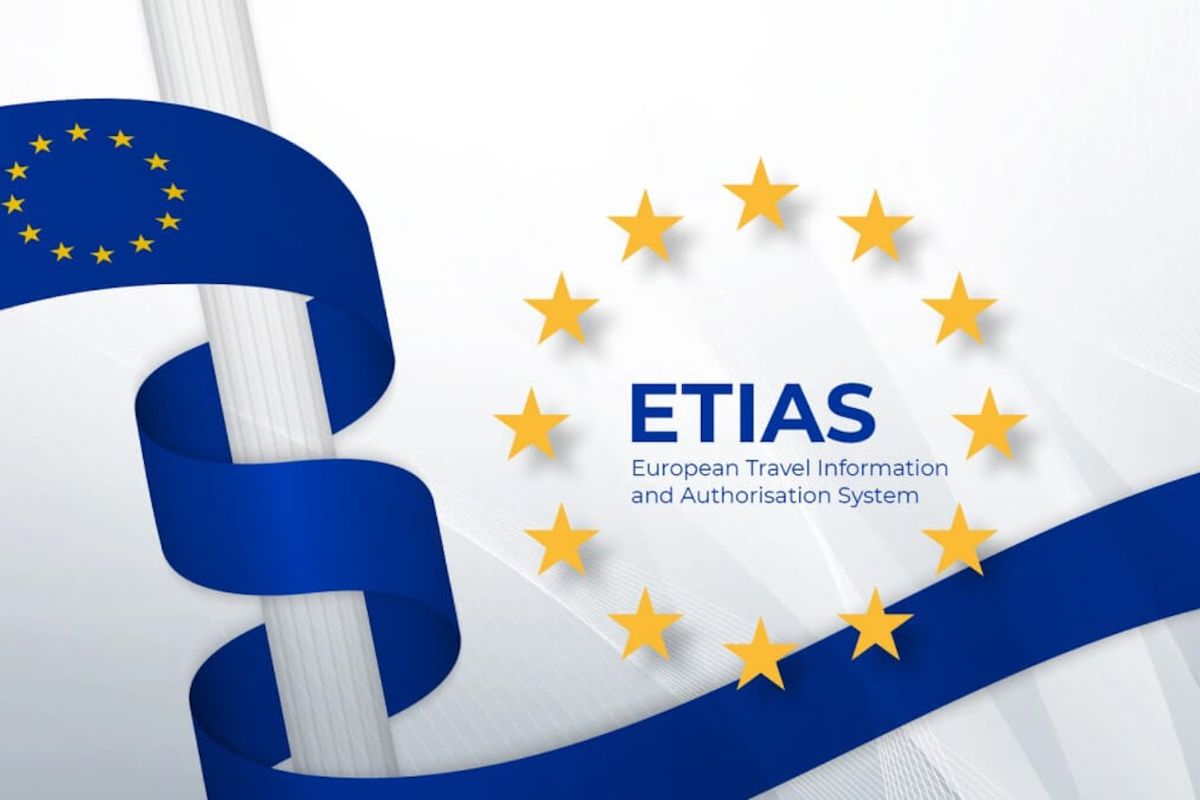Beginning in 2025, the European Travel Information and Authorization System (ETIAS) will be a mandatory requirement for many travelers visiting Europe. This system serves as a pre-approval process that must be completed prior to travel.
This new regulation will apply to visitors from over 60 countries, including the United States, the United Kingdom, Canada, Australia, and others, who are traveling to the Schengen Area, which encompasses 27 European countries.
Why is ETIAS being implemented? Its purpose is to enhance the ease, safety, and efficiency of travel to Europe. The system functions similarly to the ESTA for the United States or the eTA for Canada.
How does it work?
The process is straightforward and can be completed entirely online:
1. Complete the online application: The form is simple and takes approximately 10 minutes to fill out. You will need to provide personal details, passport information, and answer a few security-related questions.
2. Pay the fee: The cost is €7, which can be paid using a debit or credit card.
3. Submit the application and wait: Once submitted, your details will be checked against security databases. Over 95% of applications are approved almost instantly, while others may take up to 96 hours. It is recommended to apply several days before your trip to account for any delays.
4. Approval: After approval, you will receive your ETIAS authorization via email. The authorization will be electronically linked to your passport, so there is no need to print it, although having a backup copy is advisable.
How long is ETIAS valid?
Once approved, ETIAS will be valid for three years or until your passport expires, whichever occurs first. It permits multiple entries into Europe for short stays, up to 90 days within any 180-day period, which is ideal for quick trips or frequent visits throughout the year.
How will ETIAS affect my travel plans?
For most travelers, ETIAS will simply add an extra step to the pre-travel checklist. It is recommended to apply at least one week before departure to avoid any potential delays, although applications cannot be submitted more than six months in advance.
While ETIAS is required for entry, it does not guarantee admission to Europe. Travelers must still carry their passport, and border control may ask additional questions. However, with proper preparation, the process should proceed smoothly.
Is there an alternative to ETIAS?
For frequent travelers to Europe or those staying longer than the 90-day limit, an alternative option is to obtain European residency or citizenship. This would eliminate the need for ETIAS and offer additional benefits, such as:
– The freedom to live, work, and travel within the European Union.
– Access to Europe’s high-quality healthcare and education systems.
– Potential tax advantages, depending on the country of residency.
– Visa-free or visa-on-arrival travel to over 150 countries with EU citizenship.
For those who frequently visit Europe, pursuing residency or citizenship may provide a more permanent solution and offer long-term benefits.
Travel Smart
Ultimately, ETIAS is a minor additional step for travelers heading to Europe. For most, it will not significantly impact travel plans.
Just be sure to complete the ETIAS application before packing for your trip, and your European adventure should proceed smoothly.
If you are planning multiple trips or a longer stay, European residency or citizenship may be worth considering. However, for most travelers, obtaining ETIAS approval will suffice.
Should you have any questions regarding ETIAS or need assistance with the application process, please feel free to contact us for a comprehensive consultation with our team of experts and check our Citizenship Programs with European Union access.

